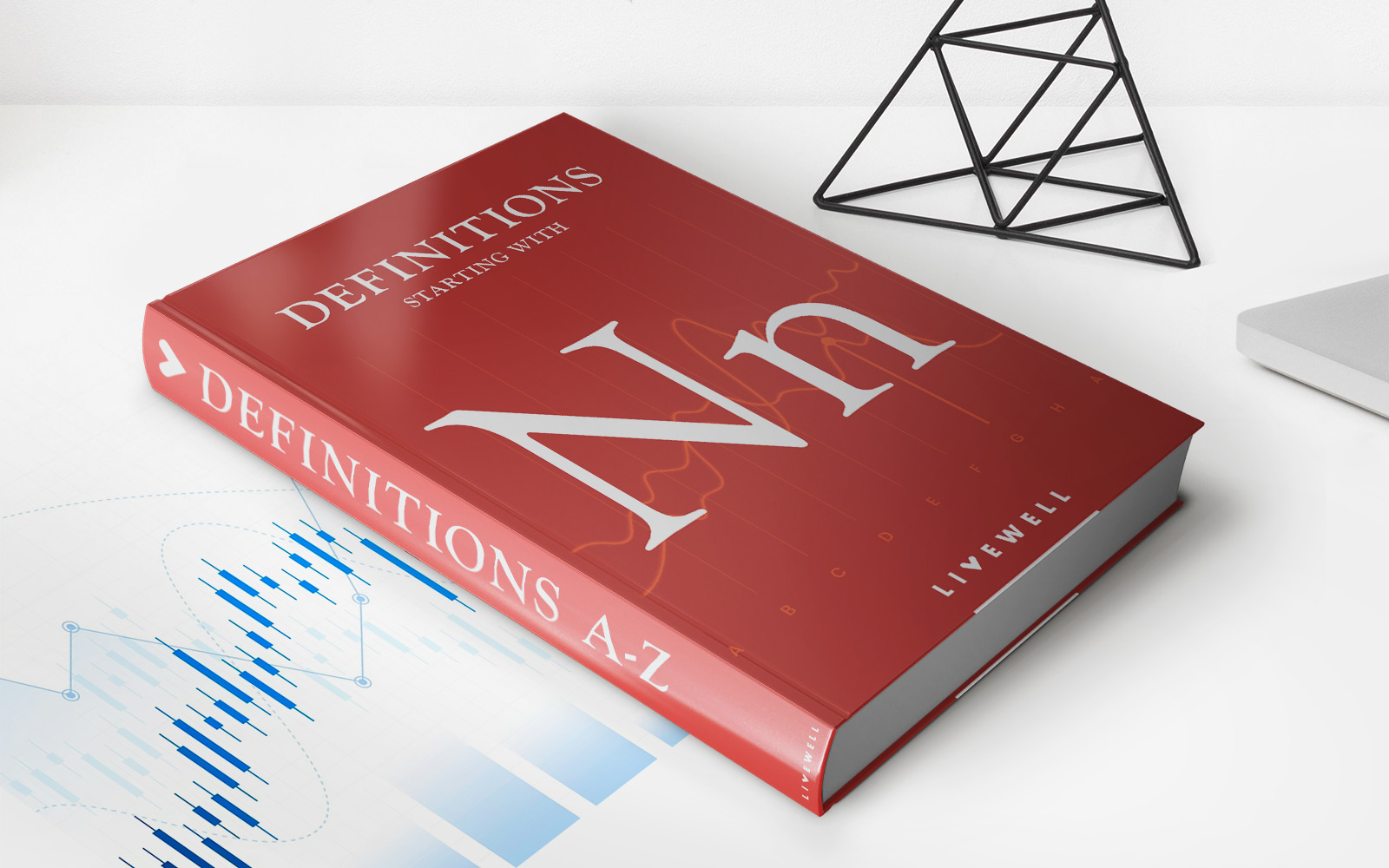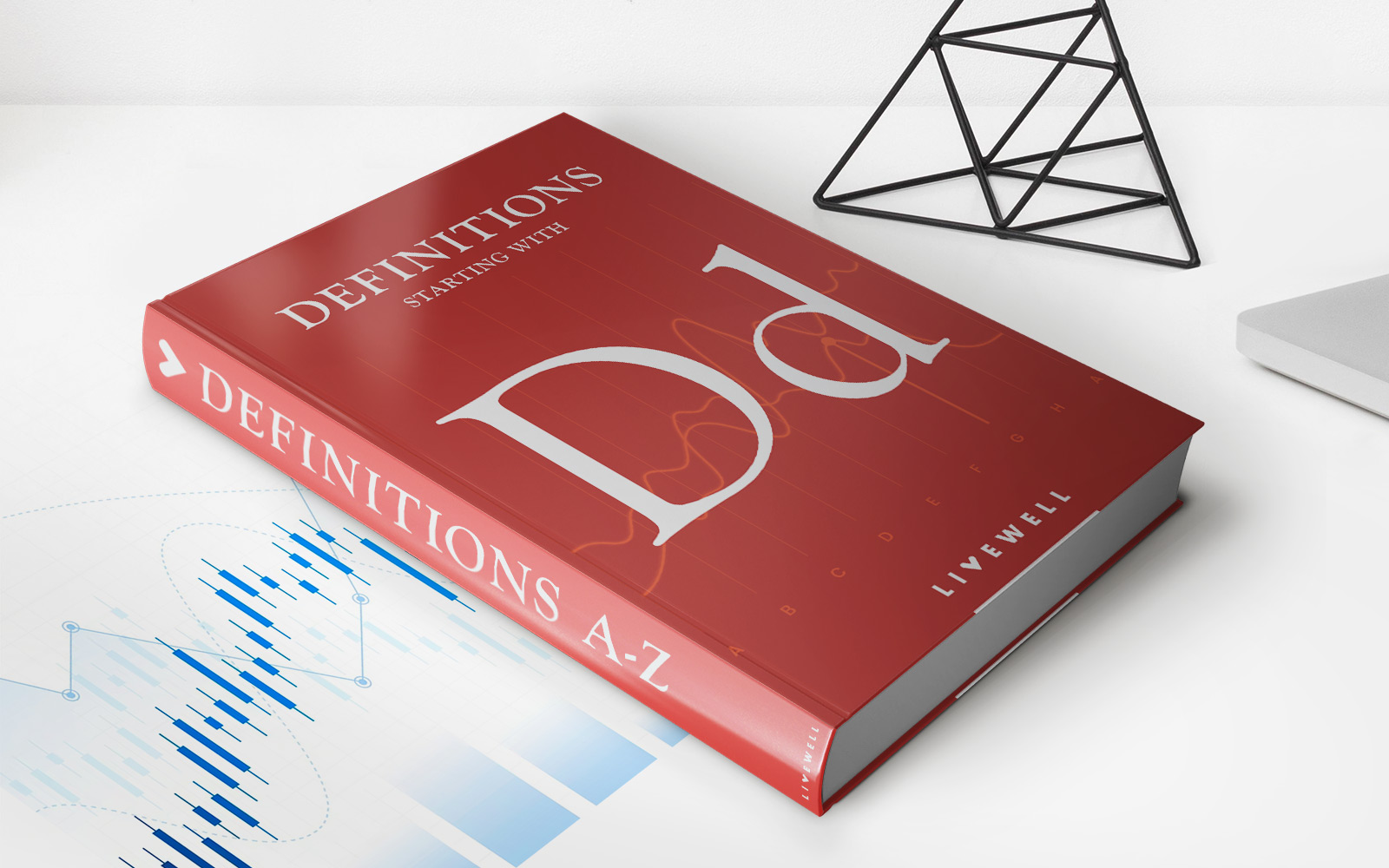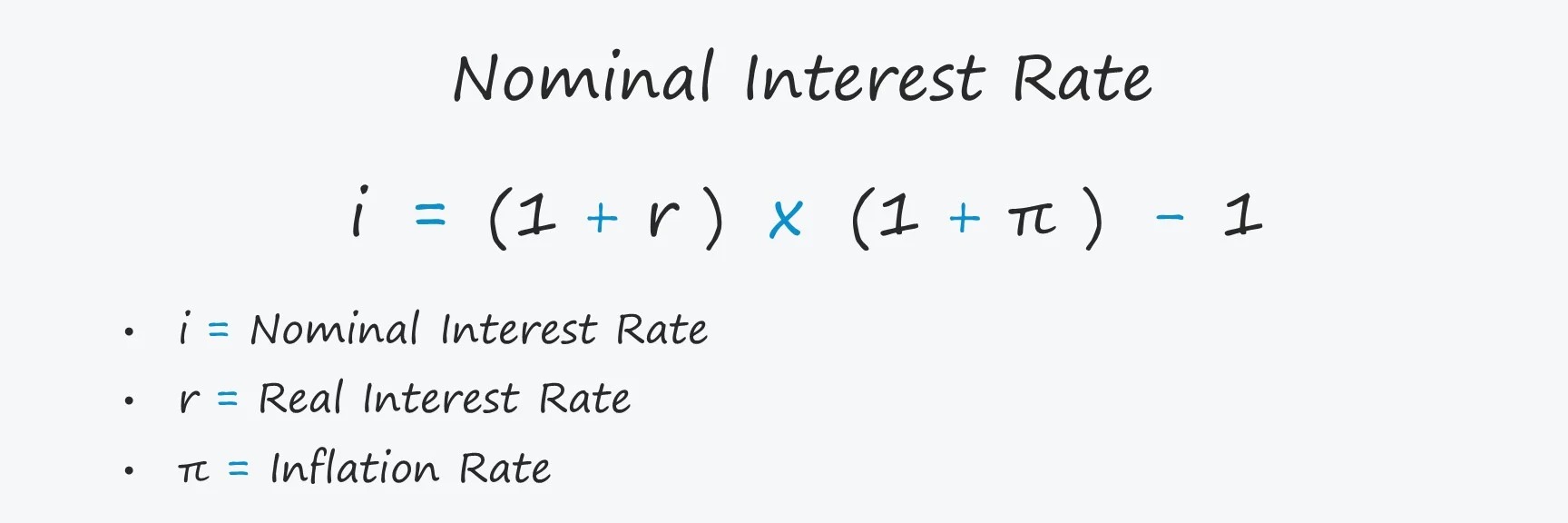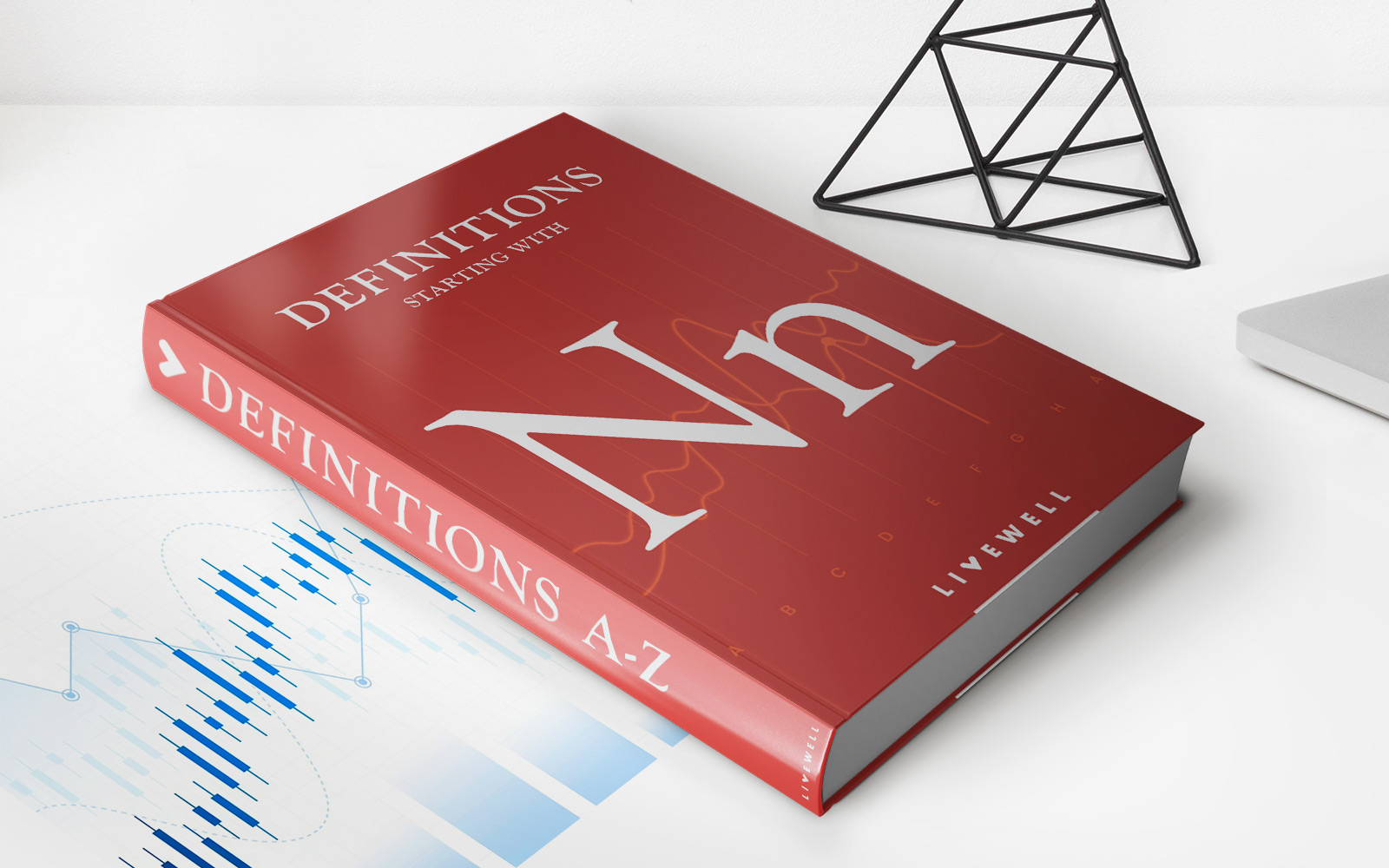Home>Finance>Nominal Effective Exchange Rate: Definition And Uses


Finance
Nominal Effective Exchange Rate: Definition And Uses
Published: December 31, 2023
Learn the definition and uses of Nominal Effective Exchange Rate in finance. Find out how this important concept impacts global economies and currency markets.
(Many of the links in this article redirect to a specific reviewed product. Your purchase of these products through affiliate links helps to generate commission for LiveWell, at no extra cost. Learn more)
Understanding the Nominal Effective Exchange Rate: A Guide
Have you ever wondered how countries determine the value of their currencies in relation to other nations? This is where the concept of the Nominal Effective Exchange Rate (NEER) comes into play. In simple terms, NEER is a measure that examines the value of a country’s currency against a basket of other currencies, weighted according to each country’s importance in trade. Understanding NEER is essential for anyone interested in finance and international trade, as it provides valuable insights into a country’s economic competitiveness and its impact on trade flows.
Key Takeaways:
- NEER is a measure that assesses the value of a country’s currency against a basket of other currencies.
- The weights assigned to each currency in the basket are based on the importance of trade between the countries.
Calculating the Nominal Effective Exchange Rate
Calculating the NEER involves determining the average value of a country’s currency against a basket of currencies used in its international trade. The calculation typically considers a weighted average of bilateral exchange rates, which measures the value of one currency in terms of another.
The weights assigned to each currency in the basket reflect the importance of trade between the country and its trading partners. For example, if a country conducts a significant amount of trade with a neighboring nation, the weight assigned to the neighbor’s currency in the NEER calculation will be higher compared to countries with less trade significance. By incorporating the trade weights, NEER provides a more comprehensive view of a country’s currency value than examining bilateral exchange rates alone.
The Uses and Significance of the Nominal Effective Exchange Rate
The NEER serves several crucial purposes and is widely used in financial analysis, trade policy, and monetary policy formulation. Here are some key uses and significances of the Nominal Effective Exchange Rate:
- Evaluating Competitiveness: NEER helps policymakers and analysts assess a country’s international competitiveness. If a country’s NEER is appreciating, it means that its currency is strengthening relative to its trading partners. This could make domestically produced goods more expensive abroad and imported goods cheaper, potentially affecting trade imbalances and overall economic performance.
- Trade Policy: Governments often monitor NEER to evaluate the impact of trade policies on their currency’s value. For instance, if a country wants to boost exports, it may implement policies that aim to weaken its currency, making its products more affordable for international buyers.
- Monetary Policy: Central banks also consider NEER when formulating monetary policy. Significant fluctuations in NEER can impact a country’s inflation rate, as changes in currency value affect import and export prices. Central banks may adjust interest rates or implement other measures to manage inflation based on NEER analysis.
The Limitations of the Nominal Effective Exchange Rate
While NEER is a valuable tool for assessing currency value and economic competitiveness, it does have some limitations:
- Trade Focus: NEER primarily focuses on trade-weighted currency values, neglecting other factors like capital flows or financial market developments that could influence exchange rates.
- Volatility: Currency values can exhibit substantial volatility, and changes in NEER might not always reflect the true economic performance or prospects of a country.
- Data Accuracy: Calculating NEER requires accurate and up-to-date data on trade flows and exchange rates. In some cases, reliable data may be scarce or subject to revisions, making the NEER calculation less precise.
In conclusion, the Nominal Effective Exchange Rate (NEER) is a crucial concept used to evaluate a country’s currency value in relation to its trading partners. By considering trade weights and providing a broader perspective on currency value, NEER offers valuable insights for financial analysis, trade policy formulation, and monetary policy decision-making. However, it is important to acknowledge the limitations of NEER and consider other factors that may influence exchange rates in real-world scenarios.














